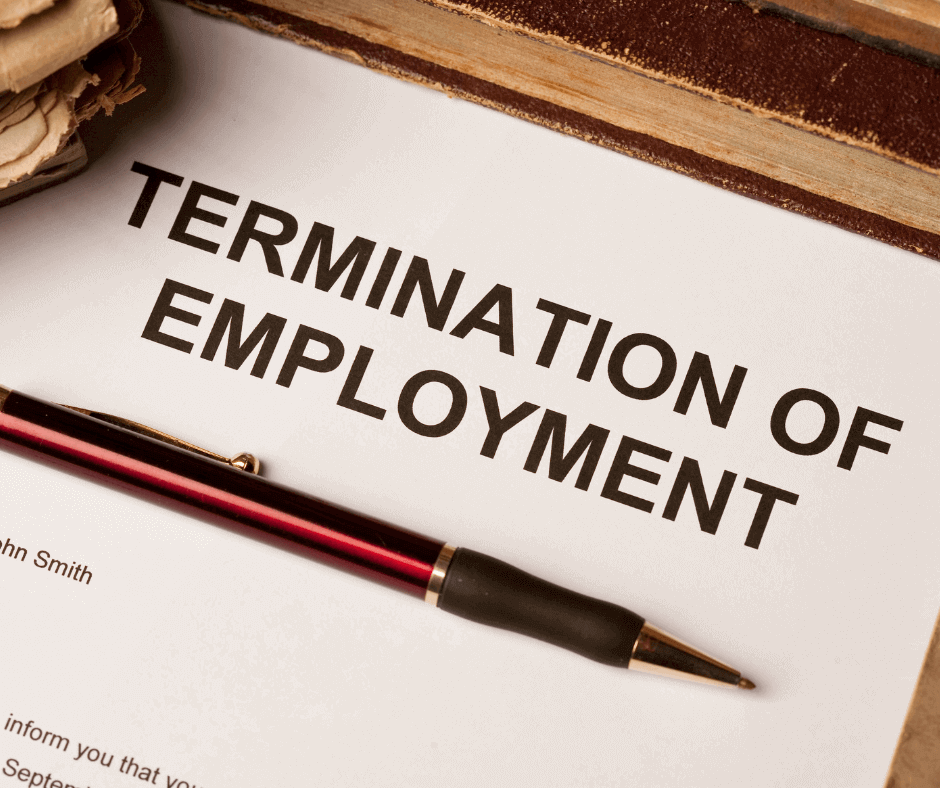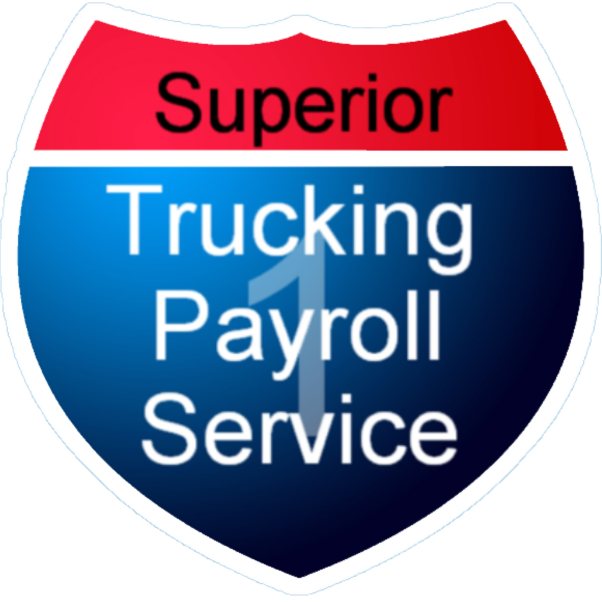Letting a driver go is one of the hardest parts of running a trucking company. It’s never easy to tell someone they’re losing their job, especially when it affects both your business and their life. Whether it’s due to safety issues, repeated delays, or performance problems, making this choice can feel very heavy.
But firing someone should always follow a careful process. By understanding the steps, you can protect your business, treat the driver fairly, and avoid any legal trouble. A clear, respectful approach makes this difficult task easier for everyone involved.
This guide will show you how to handle the situation step by step so you can stay professional, follow the law, and keep things as smooth as possible for you and your team.

Understanding Legal Rules for Firing a Driver
Firing a driver involves more than just making a decision; it’s a process that requires following specific legal requirements. Knowing these rules helps protect your business and ensures fair treatment of your drivers.
Know Your Rights as a Trucking Employer
Most states follow “at-will employment” laws, which generally allow employers to fire an employee at any time, for almost any reason, as long as it’s not illegal. But remember firing shouldn’t come as a surprise to the driver.
Exceptions to At-Will Employment for Truck Drivers
- Just Cause Policies: If your company only fires for “just cause,” follow those rules consistently.
- Public Policy Protections: It’s illegal to fire someone for actions that serve the public interest, like reporting safety issues.
- Good Faith Covenant: Some states require “good faith” in terminations, meaning you can’t fire someone for unfair reasons, like avoiding benefits payouts.
Even with at-will employment, there are some exceptions:
Important Federal Laws that Protect Drivers in Termination
Federal laws also prevent firing for reasons like:
- Discrimination: You cannot fire someone based on race, gender, age, disability, religion, or other protected classes.
- Retaliation: It’s illegal to fire employees for reporting issues like discrimination or unsafe conditions.
- Refusing a Lie Detector Test: Under most circumstances, you cannot fire employees for refusing to take a lie detector test.
Now that you know the legal rules, let’s look at the step-by-step process for handling a driver termination properly.
Step-by-Step Guide to Legally Firing a Truck Driver
When it’s time to let a driver go, following a structured process can make this difficult task a little easier for everyone involved. By taking things step-by-step, you can handle the termination respectfully and stay compliant with the law.






Step 1: Document Driver Performance and Set Clear Expectations
Firing a driver shouldn’t be a surprise. It should follow a clear, fair process with chances to improve.
- Start with Clear Expectations: When hiring, ensure drivers know the rules, safety standards, and performance expectations.
Step 2: Give Fair Warnings and Opportunities to Improve
- Document Incidents: If problems arise, record each incident with details like dates, times, and specific actions. This can help show a pattern if issues continue.
- Meet with the Driver: After each incident, discuss what happened and explain needed improvements. This gives the driver a fair chance to fix issues.
- Final Warning: If problems continue, give a written warning with specifics on what must change and a timeline for improvement. The driver should know termination is the next step if things don’t improve.
Step 3: Schedule a Private Meeting to Discuss Termination
If termination is necessary, set up a private meeting with the driver. Ensure confidentiality and ideally have a witness present. Handling this conversation respectfully can help keep things calm.
- Stay Professional and Kind: This is a difficult moment for the driver. Showing understanding while staying calm and focused can prevent emotional reactions and allow the meeting to end on a positive note.
Step 4: Deliver the News Calmly and Professionally
Firing should be done in person whenever possible, even if it’s over a video call. Avoid emails or texts for this conversation.
- Start with a Direct Statement: Begin with a clear statement about the decision and main reasons. Stick to facts, avoiding personal criticism.
- Let the Driver Respond: Allow the driver to ask questions or share their thoughts. Stay calm, and support your decision with documentation.
- Explain Next Steps: Go over the details, including the driver’s last working day, final pay, and any remaining benefits. Don’t delay their pay, as this can lead to legal issues. It’s fine to issue a paper check that they pick up in person to ensure the return of company property.
Step 5: Collect Company Property and Close Out Access
Arrange for any company equipment to be returned and deactivate their access to company systems. Thank the driver for their service and end the meeting on a respectful note, wishing them the best in the future.
Handling a termination well is essential, but preventing future issues is just as important. By improving your hiring and training processes, you can help build a stronger team and reduce the need for firings in the first place.
Tips to Prevent Driver Terminations in the Future
Firing employees often can harm team morale. Strengthening hiring and training processes can help you build a reliable team and reduce terminations.
- Hire Drivers Who Match Your Company’s Culture: Look beyond skills to see if the driver’s values and attitude fit your team’s culture.
- Offer Regular Feedback and Training: Providing consistent feedback and support helps drivers understand your expectations and improve in any problem areas.
Improving your hiring and training can help reduce terminations and build a stronger, more stable team.
Final Thoughts on Firing a Truck Driver the Right Way
Letting a driver go can be challenging, but by following a respectful, step-by-step approach, you can handle terminations professionally and with less risk. Taking the time to document performance, communicate clearly, and follow the law will help protect your business and make the process fair for everyone involved.
Remember, no one enjoys firing an employee, but sometimes it’s necessary to keep your team safe and productive. By approaching this tough task with empathy and structure, you can preserve your company’s reputation and morale.
While terminations can be managed well, they also remind us of the value of building a stable team from the start. To reduce turnover and keep great drivers long-term, read our tips on driver retention strategies that can save you from future terminations.
Firing a driver isn’t easy, but with the right steps, you can handle it in a way that’s fair and respectful. Building a strong, stable team means balancing tough decisions with smart retention practices that benefit everyone on the road.
With over 15 years of experience in the trucking industry, Melisa is well-versed in the complexities of trucking payroll and adept at navigating special circumstances. Before joining Superior Trucking Payroll Service, Melisa worked at a trucking company, where she managed driver miles and expenses for a fleet of 50 trucks. This hands-on experience gives her unique insight into the challenges our clients face when preparing their payroll data.
Melisa’s top priority is customer service. She strives to treat each client as an individual with genuine needs, rather than just another number in the system. Her goal is to alleviate the burdens of our clients and make their daily operations smoother.

